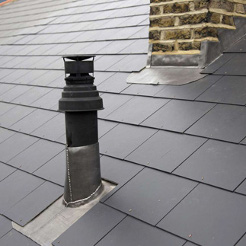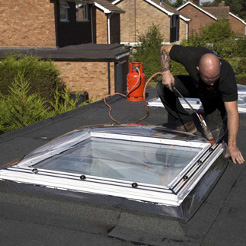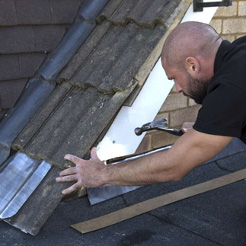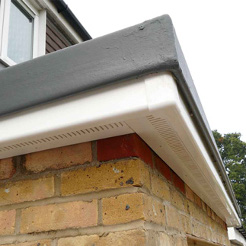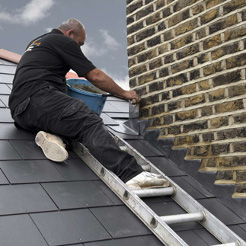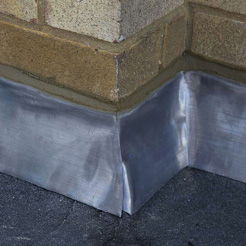2020 has been a crazy year, one full of endless surprises and challenges for everyone, so we thought now may be a good time to inform you (with some level of notice) of the damage that winter weather can cause to your roof. With no desire for further unforeseen surprises coming your way, here are the main dangers to keep watch of throughout the end of 2020 and early 2021.
Winter weather in the UK doesn’t waver from the same traits every year. Snowfall, ice and slush can all be heavy bearing on roofs of any shape or size. Before this weather sets in, we advise that you assess your roof for any signs of damage prior to the snowfall and ice covering, identifying any vulnerable areas and therefore giving you the ability to witness if any deterioration takes place during the upcoming months.
Once the weather has set in, it will be important for you to inspect your roofs quality after every snowfall or ice buildup. Here are some of the common factors that can be bought on due to snow or ice:
- Sagging or warped tiles, creating an uneven or rippled surface
- Cracked chimney stacks
- Leaks in your loft/attic space due to loose or lifted tiles
The probability of damage occurrence to the roof over your home, workplace, garage or shed is partly down to its style.
Pitched roofs are built as slants, allowing any rainfall or snow to travel down its sides and into the guttering, preventing any longstanding build-up of damaging factors upon the roof itself.
Flat roofs, however, are not built with this ‘self-clearing’ facility and therefore may have to withstand the heavy buildup of snow or ice for longer periods of time, resulting in them becoming more susceptible to structural or tiling damage. It is therefore more common for property owners to attempt to clear their roofs themselves which can, in result, lead to further complications.
It is important to remember that, at any time throughout the year, non-dependent on weather itself, clearing your roof or climbing up to its height for vulnerability examinations is always dangerous and should be carried out by a roofing professional if you feel unsafe in doing so. This fact is ever-more important when the roof and guttering you are inspecting may be covered in ice, snow or rainfall, resulting in ladders and surfaces becoming slip and trip hazards.
If you must attempt to clear your roof, take note of these safety factors before ascending to the top heights of your property:
- Always wear protective headgear in case of any slips, trips or falls
- Cover your eyes with protective goggles to prevent and hazard to your sight
- Always have someone aiding you and observing for safety reasons
- Try to avoid use of a ladder and utilise longer rakes or tools which allow you to clear snow from the roof whilst remaining on flat ground
- When clearing snow, be sure to only remove the top layer, remaining around 2 inches away from the roofs surface itself
- Use plastic tools to minimise the risk of damage to your roofs surface if you come into contact in error
If you are seeking the help of a qualified roofing specialist for the clearing of your roof this winter, or if you are concerned about your roofs vulnerability, please do not hesitate to get in touch with a member of our Roof Rescue team by calling us on 020 3189 1618 and we will be happy to pay your property a visit and assist you how we can.

